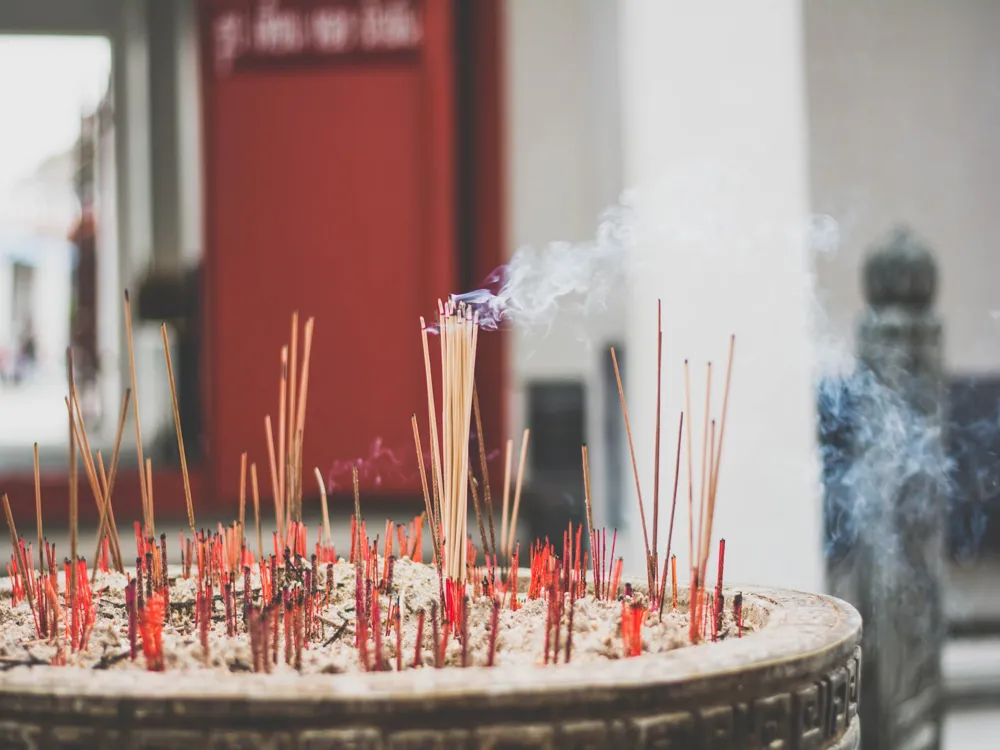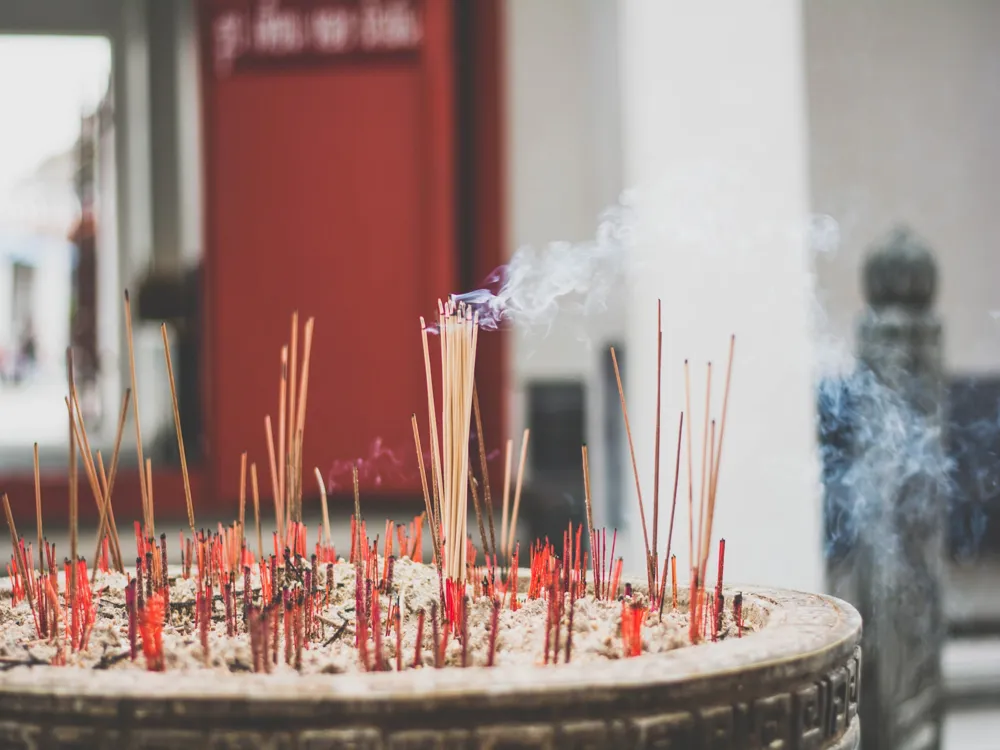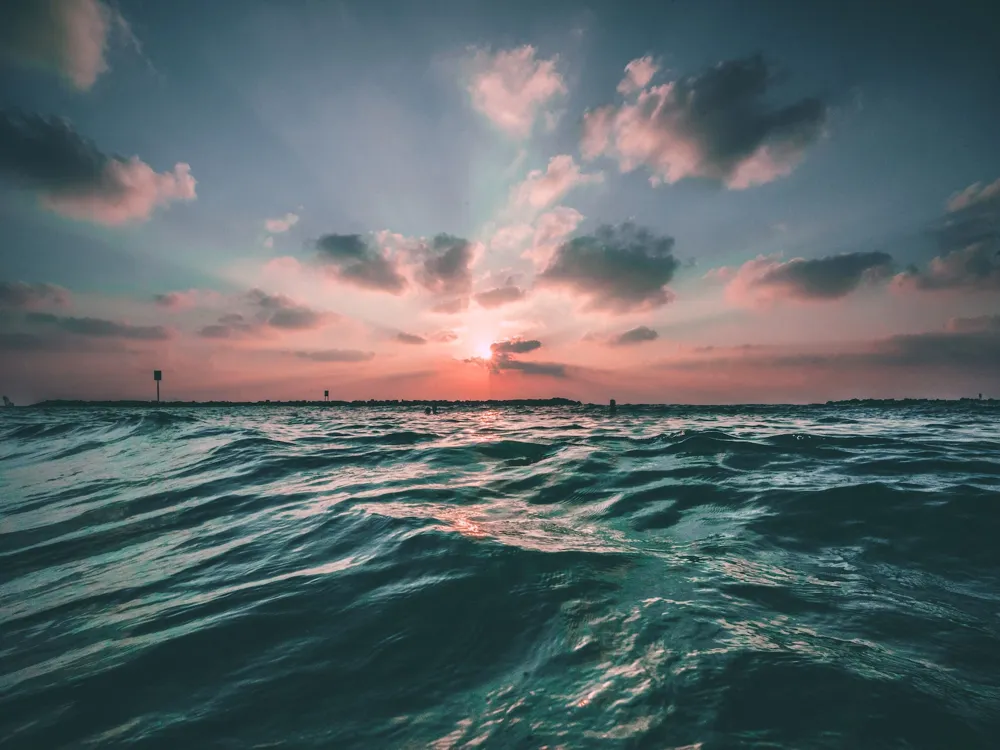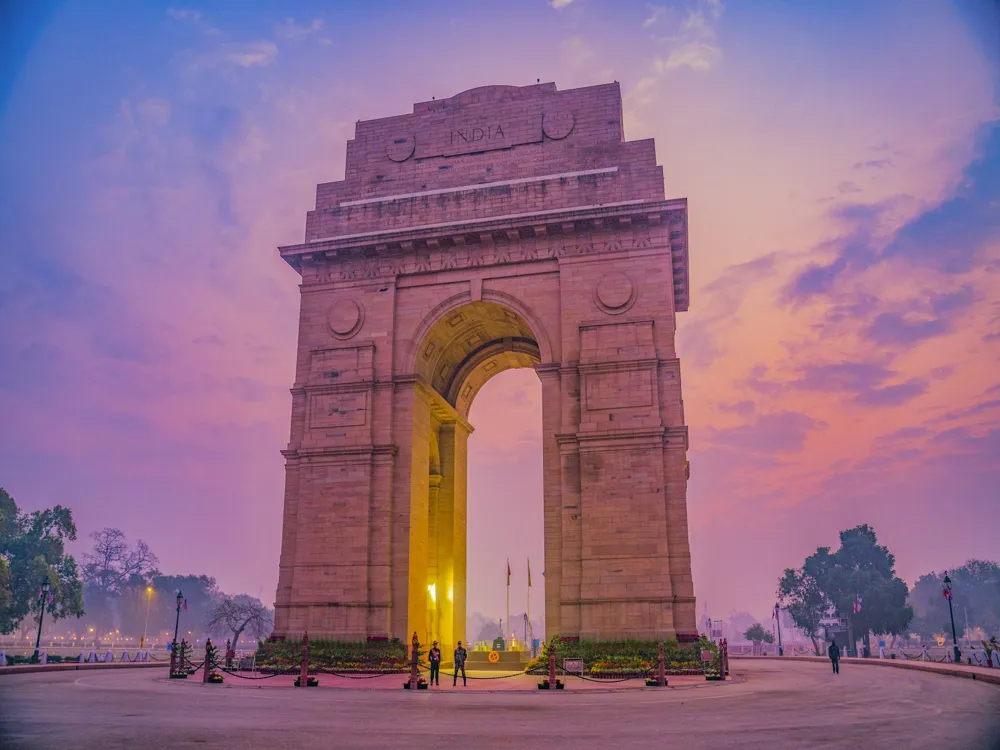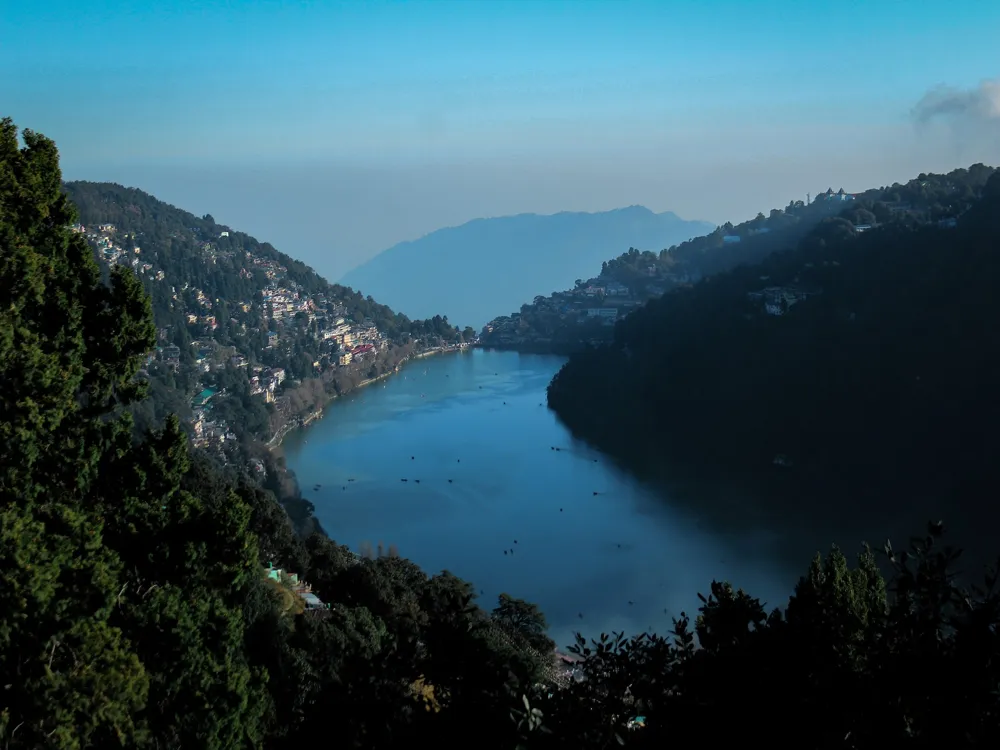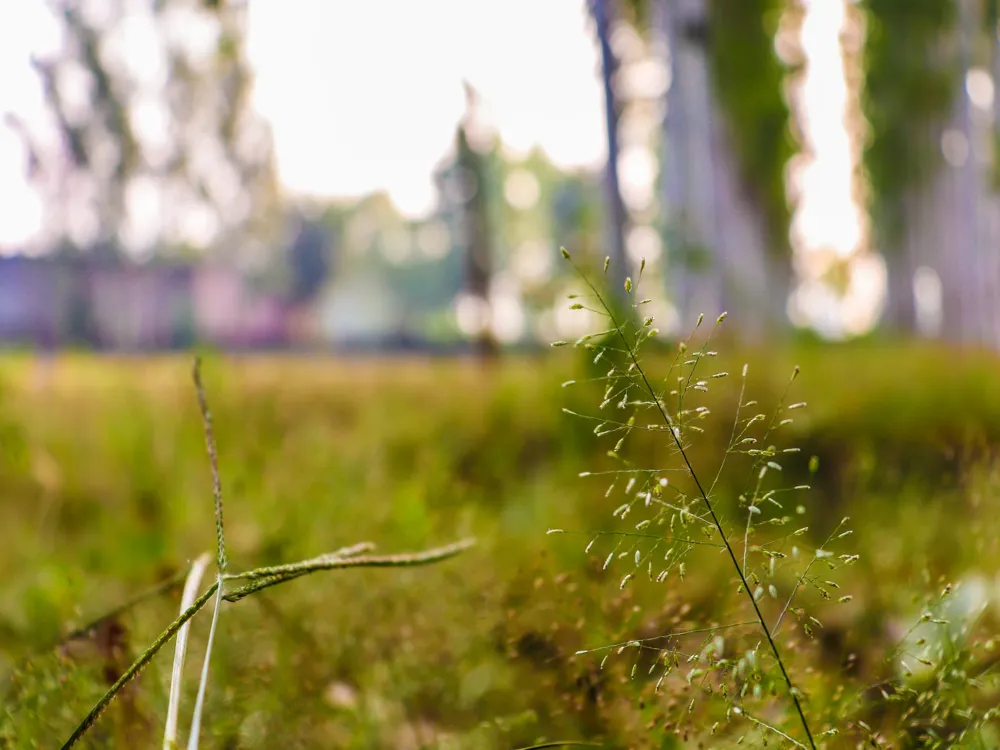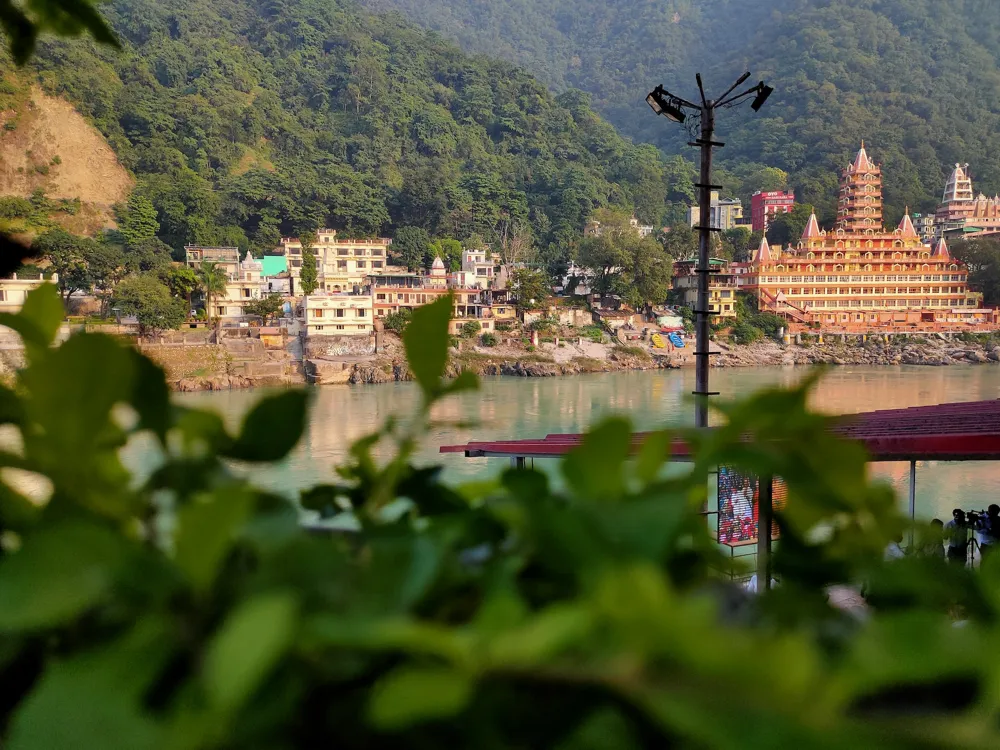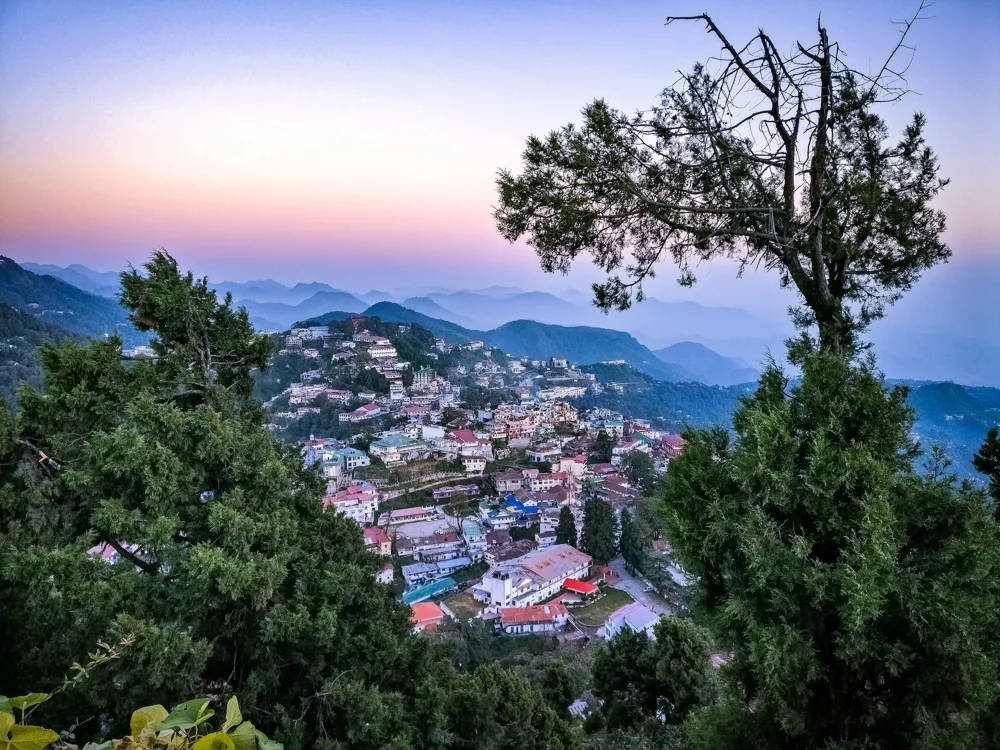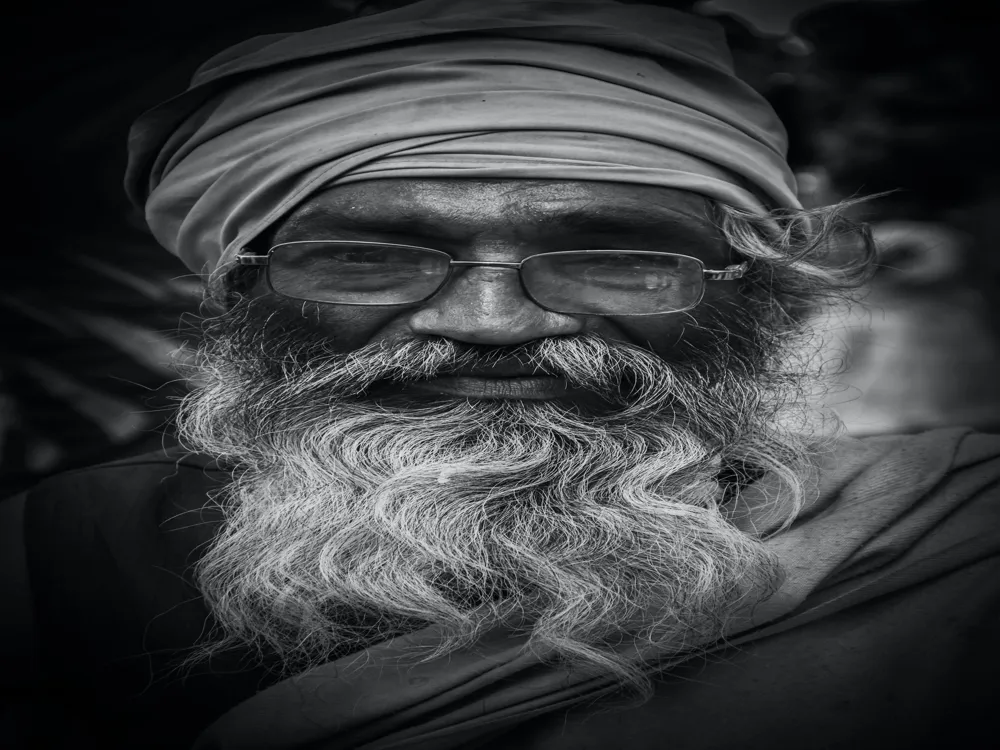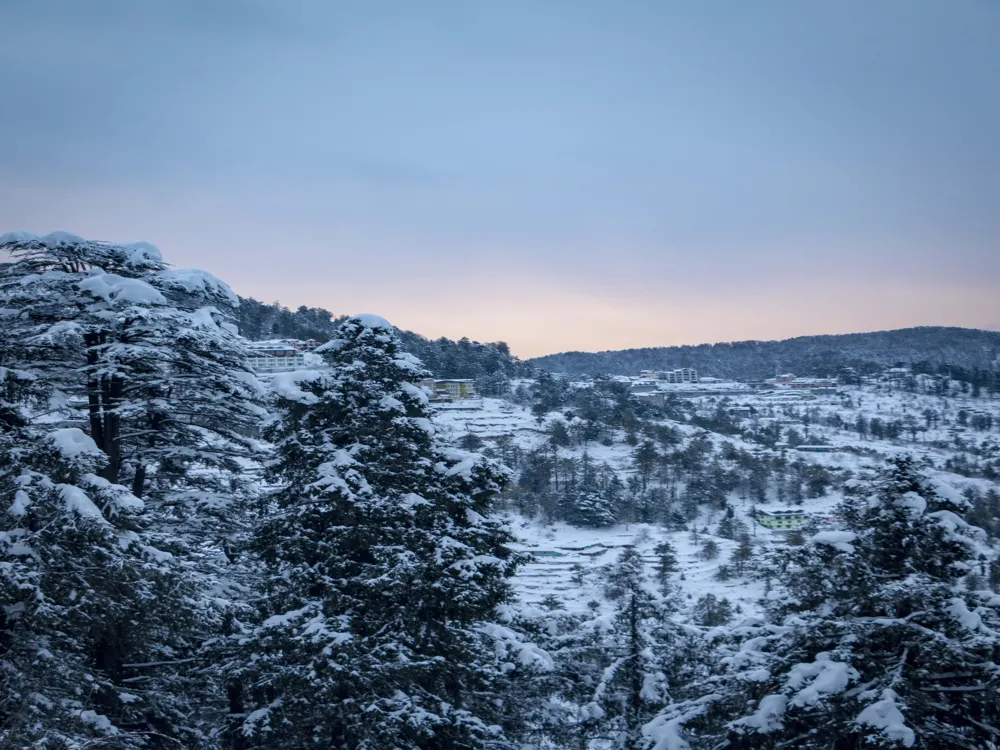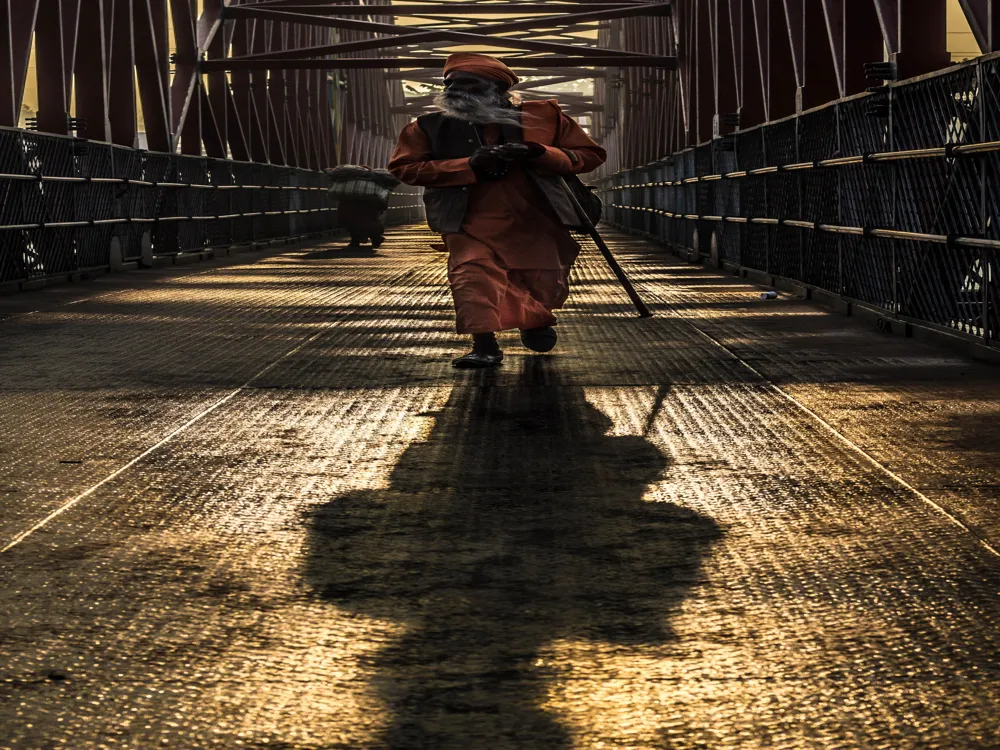Nestled in the heart of Meerut, Uttar Pradesh, Draupadi-ki-Rasoi stands as a testament to the rich cultural and historical heritage of India. This ancient site, believed to date back to the times of the Mahabharata, is shrouded in myths and legends, making it a fascinating destination for history enthusiasts and tourists alike. According to popular belief, Draupadi-ki-Rasoi, which translates to 'Draupadi's Kitchen', was the place where Draupadi, the wife of the Pandavas in the Mahabharata, cooked meals for her husbands. The site's connection to one of India's greatest epics adds a layer of mystique and allure, drawing visitors from across the globe. The historical significance of Draupadi-ki-Rasoi is immense, as it provides a tangible connection to the ancient epic narratives that have shaped Indian culture and tradition. The Mahabharata, an epic narrative of the Kurukshetra War and the fates of the Kaurava and the Pandava princes, is a cornerstone of Indian literature. Draupadi, a pivotal character in the epic, is revered for her strength, virtue, and resilience. Her association with this site makes it not just a historical landmark but also a symbol of the enduring legacy of strong women in Indian mythology and history. The location of Draupadi-ki-Rasoi in Meerut, a city with its own rich historical and cultural background, adds another layer of interest. Meerut, known for its role in the 1857 Indian Rebellion against British rule, is a city that has witnessed numerous significant events in India's history. The juxtaposition of Draupadi-ki-Rasoi's mythological significance with Meerut's historical relevance creates a unique tapestry of stories and legends, offering a deep dive into India's past. The architectural splendor of Draupadi-ki-Rasoi is a marvel in itself. The structure, though ancient, stands as a fine example of the architectural styles prevalent during the times of the Mahabharata. The site is characterized by its simplistic yet sturdy construction, primarily using stone and brick, materials that were commonly used in ancient Indian architecture. The layout of Draupadi-ki-Rasoi is thought to be reflective of the architectural norms of the era, with an emphasis on functionality and durability. One of the most striking features of Draupadi-ki-Rasoi's architecture is its alignment with the principles of Vastu Shastra, an ancient Indian science of architecture and building. This science focuses on harnessing the natural energies of the environment, and it is evident in the orientation and layout of the structures at the site. The kitchen area, where Draupadi is said to have cooked, is particularly notable for its strategic placement, believed to be aligned to ensure maximum efficiency and positive energy flow. The design elements of Draupadi-ki-Rasoi are reflective of the artistic sensibilities of the era. Intricate carvings and motifs, though eroded over time, still provide glimpses into the craftsmanship and artistry of ancient Indian artisans. The site also offers insights into the domestic architecture of the period, showcasing the living spaces and communal areas that were integral to everyday life in ancient times. Over the centuries, Draupadi-ki-Rasoi has undergone various stages of restoration and preservation efforts. These efforts have been crucial in maintaining the integrity of the site while allowing visitors to experience its historical and architectural grandeur. The preservation work also highlights the importance of safeguarding such heritage sites, which serve as vital links to India's rich and diverse past. The ideal time to visit Draupadi-ki-Rasoi is between October and March when the weather in Meerut is pleasant, with cooler temperatures and minimal rainfall. This period provides a comfortable environment for exploring the site and soaking in its historical ambiance. Visitors are encouraged to show respect for the historical and cultural significance of Draupadi-ki-Rasoi. This includes adhering to guidelines for preserving the site, such as not touching or damaging the ancient structures and artifacts. Opting for a guided tour can greatly enhance the experience of visiting Draupadi-ki-Rasoi. Knowledgeable guides can provide in-depth information about the site's history, architecture, and its connection to the Mahabharata, offering a richer understanding of this historical landmark. While photography is usually allowed, it's advisable to check for any restrictions and be mindful not to cause any damage while capturing photographs. Using natural light and respecting the sanctity of the site can lead to both respectful and stunning photographic memories. Draupadi-ki-Rasoi, located in Meerut, is well-connected and easily accessible by various modes of transport. The nearest major city is Delhi, which is about 70 kilometers away. Visitors can reach Meerut via road, rail, or air. By road, Meerut is connected to major cities through the National Highway 58. For those preferring rail, Meerut has several railway stations, with Meerut City railway station being the most prominent. For air travel, the nearest airport is in Delhi, from where one can take a taxi or bus to Meerut. Local transportation within Meerut, such as auto-rickshaws and taxis, can be used to reach Draupadi-ki-Rasoi. Read More:Overview of Draupadi-ki-Rasoi, Meerut, Uttar Pradesh
Architecture of Draupadi-ki-Rasoi
Tips When Visiting Draupadi-ki-Rasoi
Best Time to Visit
Respecting the Site
Guided Tours
Photography Tips
How To Reach Draupadi-ki-Rasoi
Draupadi-ki-Rasoi
Meerut
Uttar Pradesh
NaN onwards
View meerut Packages
Meerut Travel Packages
View All Packages For Meerut
Top Hotel Collections for Meerut

Private Pool

Luxury Hotels

5-Star Hotels

Pet Friendly
Top Hotels Near Meerut
Other Top Ranking Places In Meerut
View All Places To Visit In meerut
View meerut Packages
Meerut Travel Packages
View All Packages For Meerut
Top Hotel Collections for Meerut

Private Pool

Luxury Hotels

5-Star Hotels

Pet Friendly








